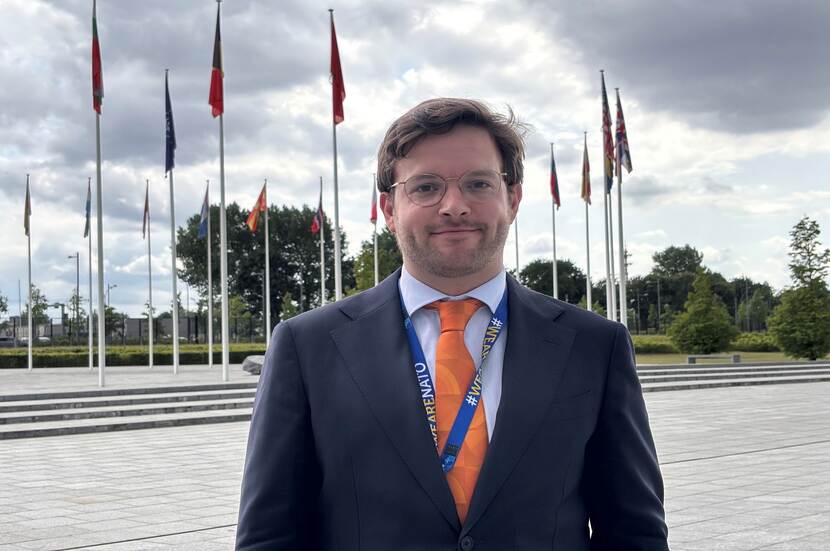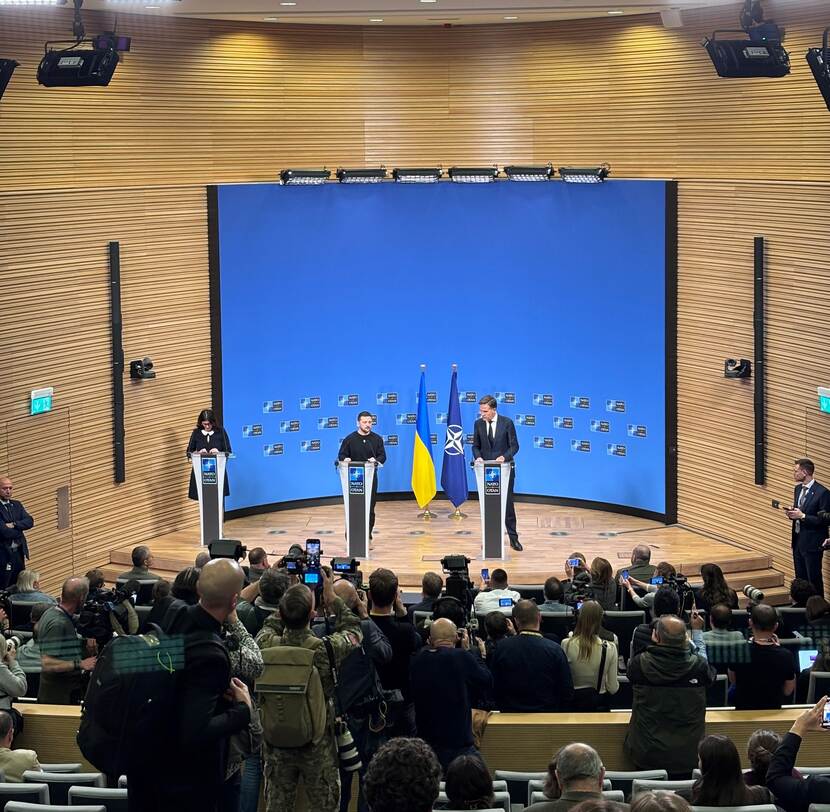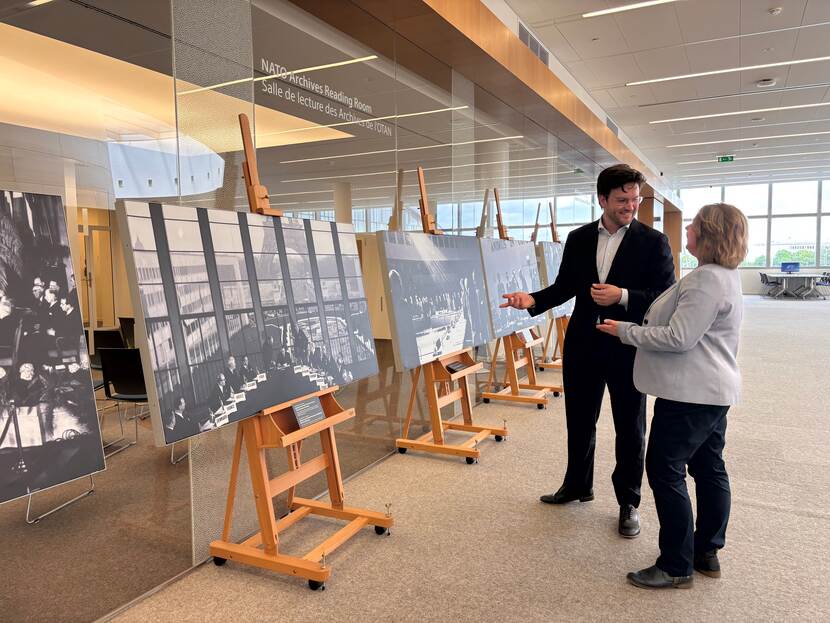Faces of NATO: Dutch diplomacy in Brussels
Weblogs
The world has become less secure in recent years. Conflicts are on the rise, and hybrid threats and cyberattacks are growing more frequent. Russia’s invasion of Ukraine has further increased tensions. That is precisely why the work of diplomats like Joost van Oostenbruggen matters.
Based at the Embassy of the Netherlands to NATO in Brussels, Joost helps ensure that allies continue to consult, coordinate and act together. “We are closely connected in many ways within the NATO Alliance,” he says. “All member states are firmly committed to NATO. That’s encouraging to see.”
Constant coordination
Since the summer, Joost has been working on preparations for the NATO Summit, scheduled for 24 and 25 June in the Netherlands. He does so from the Dutch Permanent Representation in Brussels, where his background in the events sector proves helpful. He is used to dealing with complex logistics, strict timelines and multiple stakeholders at once.
Another key part of his role is to connect people. He links NATO colleagues in Brussels with policymakers in The Hague, and vice versa. Sometimes that means content coordination, sometimes practical help. “If people in The Hague are working on an exhibition, I help them get in touch with the NATO archives here,” he explains.
The role of the Permanent Representation
A permanent representation is where a country participates in decision-making within an international organisation. At NATO in Brussels, Dutch diplomats sit at the table with the 31 other allies. Together, they discuss what is needed to stay safe as a collective.
Decisions in NATO are made by consensus in the North Atlantic Council. “NATO is our security guarantee,” says Joost. “It is the shield we have built together to keep ourselves safe for over 76 years. Shared values are what bind us. That’s why a country can’t just join NATO overnight. There are requirements and steps to follow. A country must be democratic, and its own population must support NATO membership.”
All eyes on the Netherlands
This will be the first time the Netherlands hosts a NATO Summit. It is a special moment, also within the Alliance. “You can tell allies are paying close attention,” Joost says. “They want to know what the Netherlands wants to achieve with this Summit.”
That question carries extra weight. It will be the first Summit under a new NATO Secretary General, who is Dutch. It will also be the first time the new US President meets all NATO leaders at once. The level of attention will be high.
For countries bordering Russia, the sense of threat has been tangible for years. These countries have valuable experience that the Netherlands can learn from.
NATO has announced the programme for the summit. What exactly will be on the agenda is not yet certain. “That depends on global events,” Joost explains. “You prepare for everything, hoping that one of your plans ends up being the one that’s needed.” It requires flexibility and sharp coordination.
Beyond the conference room
The NATO Summit is, above all, a multilateral meeting. Thirty-two allies coming together to discuss collective defence and cooperation. But behind the scenes, there is room for much more. “Leaders are not just coming to the Netherlands for the conference table,” says Joost. “Having all of them here at the same time creates unique opportunities.”
It is a chance to deepen relationships, hold side meetings and raise visibility for the Netherlands as a committed ally and partner. The official agenda matters, but the informal moments around it often matter just as much.
The work continues
For Joost, this is a temporary assignment. “I’ll be busy with this for quite a while,” he says. In the meantime, he is contributing behind the scenes to something much larger. Political and military cooperation between 32 countries, with a total of 3.4 million troops. NATO is the shield against aggression. The Summit will last two days, but the work surrounding it continues long before, and long after.
More blog posts
Leave a comment
Inappropriate comments will be removed. Comments are limited to 2000 characters.
Comments
No comments have been published yet.


